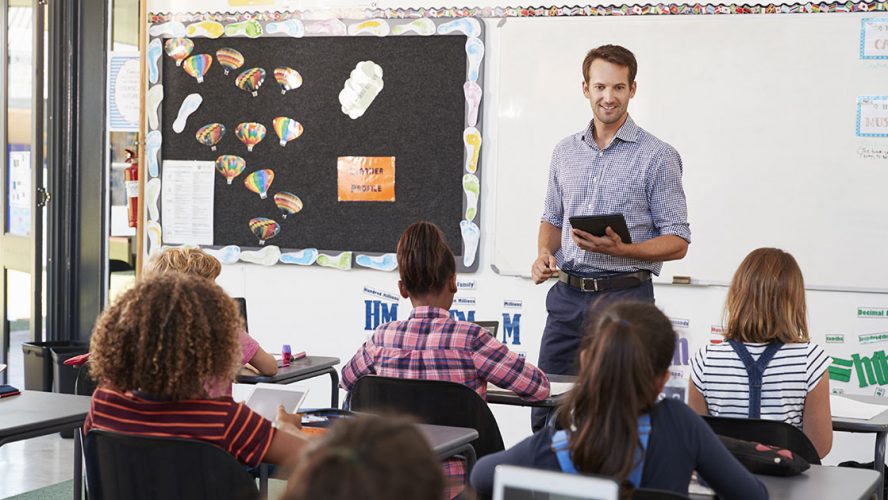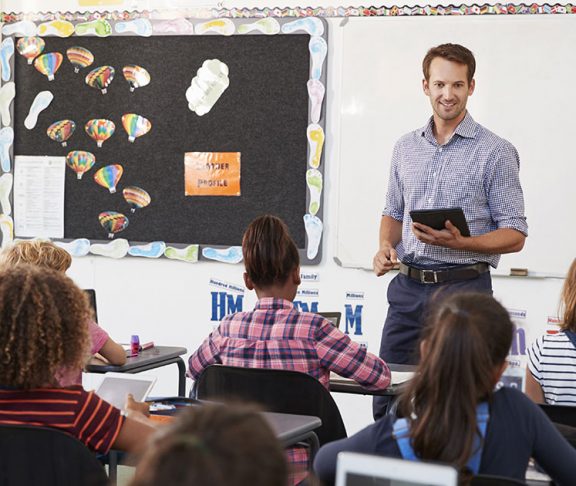Ed-tech solutions for K-12 are a dime a dozen, with vendors vying for business through promises to deliver the latest and greatest products for your students and teachers. Many companies throw around buzzwords such as “computer-adaptive,” “differentiated instruction,” and “machine learning,” in an attempt to assure stakeholders that their product will level the playing field and provide assessments and instruction to meet the needs of students at every level of competency. Anyone who has been given this pitch knows that these products often do not live up to the hype. But where does the product fall short between its excited implementation and disappointing results?
Here are four levels of adaptivity utilized by the top K-12 ed-tech solutions that produce real results and user satisfaction:
1. Scope
It’s not uncommon to see students perform at the same or only slightly higher level after using a new solution. Oftentimes this is caused by a lack of complete alignment to specific state standards and scope of content. The top solutions that produce the best results year after year are those that are not only thoroughly aligned to standards and assessment limits, but also reflect the proper breadth and depth of content — both instructional and assessment content. Ed-tech programs that increase student outcomes match the scope of state standards and official assessments in order to deliver efficacy.
2. Type
Although many tests in K-12 education are predominantly multiple choice, student engagement and mastery improve dramatically by using a variety of content types in instructional and practice content. Research shows that differentiated instruction is enhanced by providing multiple types of content based on students’ learning styles, resulting in significant increases in each student’s ability to learn, retain and recall information. The same concept applies in top ed-tech solutions, in which different types of mediums such as video instruction, interactive questions and gamification help drive student success.
3. Sequence
You wouldn’t teach a class by giving students the final exam first and teaching them second, so why opt for a solution that does things backwards? Proper sequencing of content can make or break a student’s success. Providing instructional material before “skill and drill” practice benefits students, as does ensuring the order and grouping of content promotes understanding and future recall.
4. Rigor
Many solutions on the market today offer predominantly one level of difficulty of content. Other solutions offer differentiated content at a macro level, meaning the entire experience may be at a beginner or advanced level. In both cases, students often find themselves inadequately prepared for state-wide and college- and career-readiness exams because these tests utilize varying question difficulty. Look for a solution that offers differentiated instruction per lesson area by difficulty to students to ensure they are fully prepared for official tests.
When utilized together, these four dimensions of adaptivity drive real results. The next time you’re looking for an ed-tech solution for your school, keep these in mind to guarantee significantly improved student outcomes and teacher satisfaction.

